
Humpback Whale Skeleton Stock Image C044/5077 Science Photo Library
The 42-piece juvenile gray whale skeleton, which includes a nearly complete skull and jaws, extensive vertebrae, and ribs, is an exceptionally rare find. Because whales live in the open ocean few.
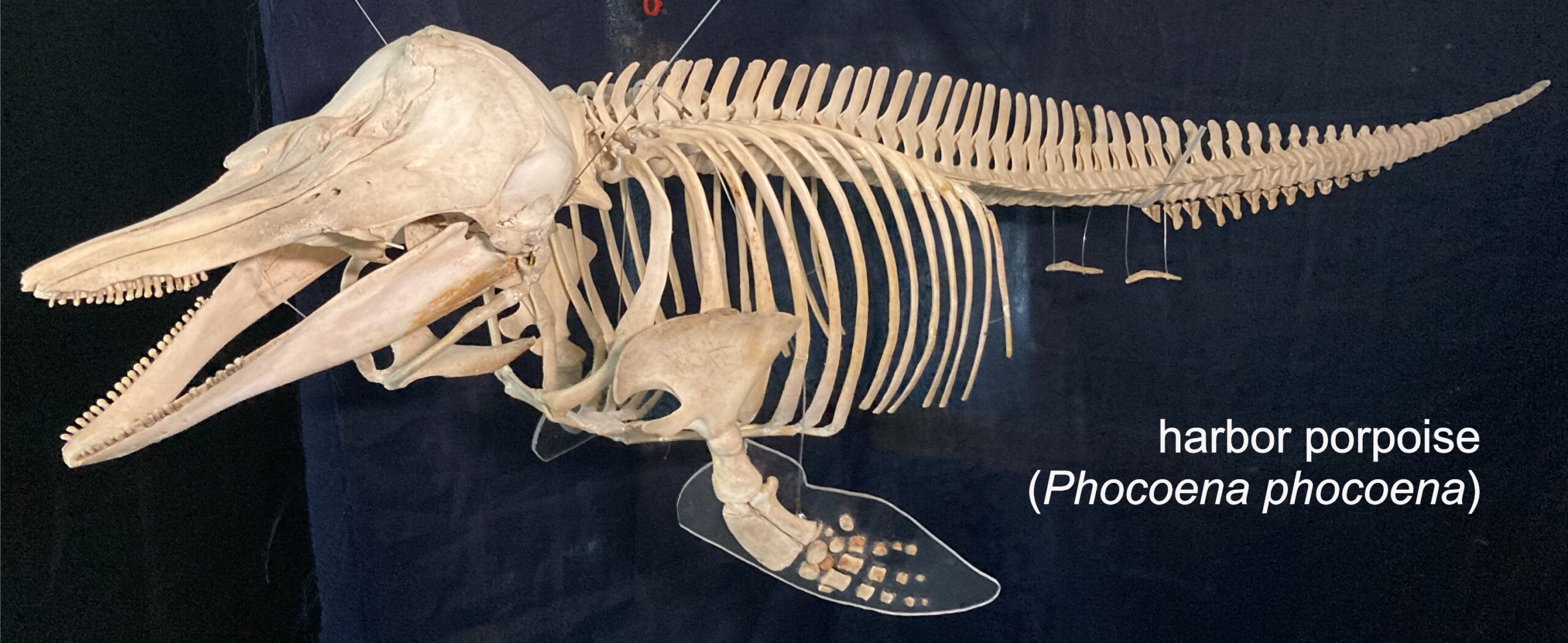
Whale Skeletons Bonehenge Whale Center
Whale skeleton (available from OIMB) ! Whale/Human skeleton comparison worksheet Prior to the Lesson: ! Divide the skeleton into 4 piles: ribs, larger vertebrae, smaller vertebrae, flipper bones for one side only. Lesson Plan: 1. Introduce gray whales, covering the points presented in the PowerPoint. 2. Pause on the last slide, comparing a.

Whale skeleton by Oceanlinerorca Whale skeleton, Whale, Whale illustration
The Museum's Blue Whale skeleton is proudly named "Chad" thanks to the leadership gift of the Dreier Family. The skeleton is truly a generational icon, so Museum Trustee Doug Dreier and his family named it "Chad," which is the middle name of the men in the Dreier Family for three generations. The History of the Museum's Blue Whale Skeleton
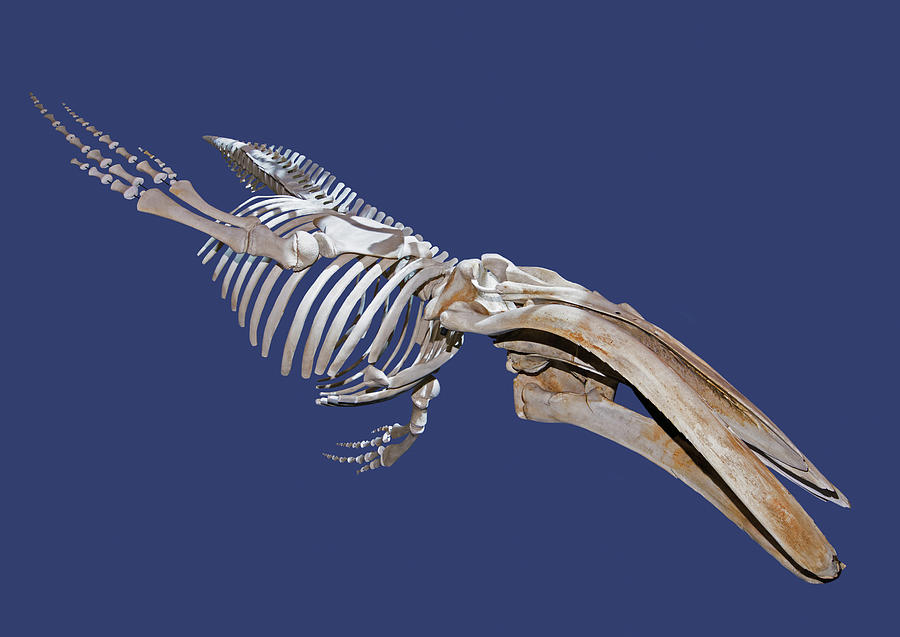
Humpback Whale Skeleton Photograph by Millard H. Sharp Pixels
Once the whale's skeleton was exhumed from its temporary resting place, Ososky and a team of NOAA researchers loaded the carcass into a large trailer and began a very unusual road trip back to.
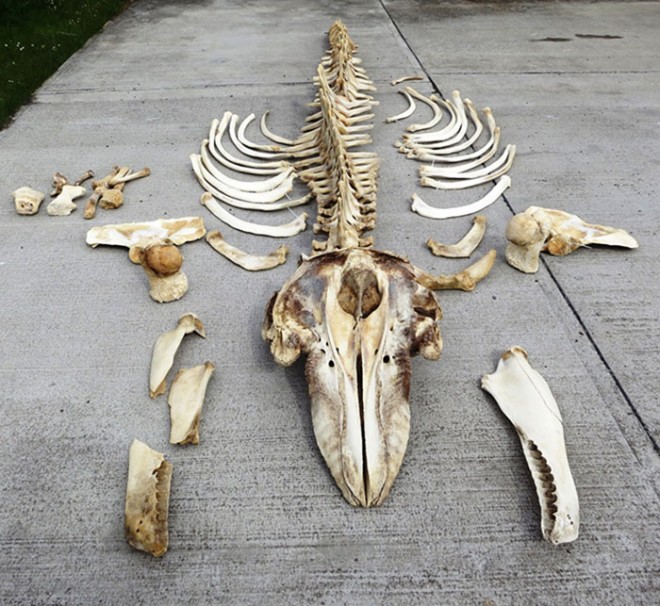
Collecting marine specimens The killer whale skeleton National Museums Scotland Blog
This fall, a new publication from ROM Press will complement the ROM-original exhibition Great Whales: Up Close and Personal. Showcasing the largest animals in the world, the book tells the stories of adaptation and exploitation of three species—blue whale, North Atlantic right whale, and sperm whale—and provides a lasting connection to.
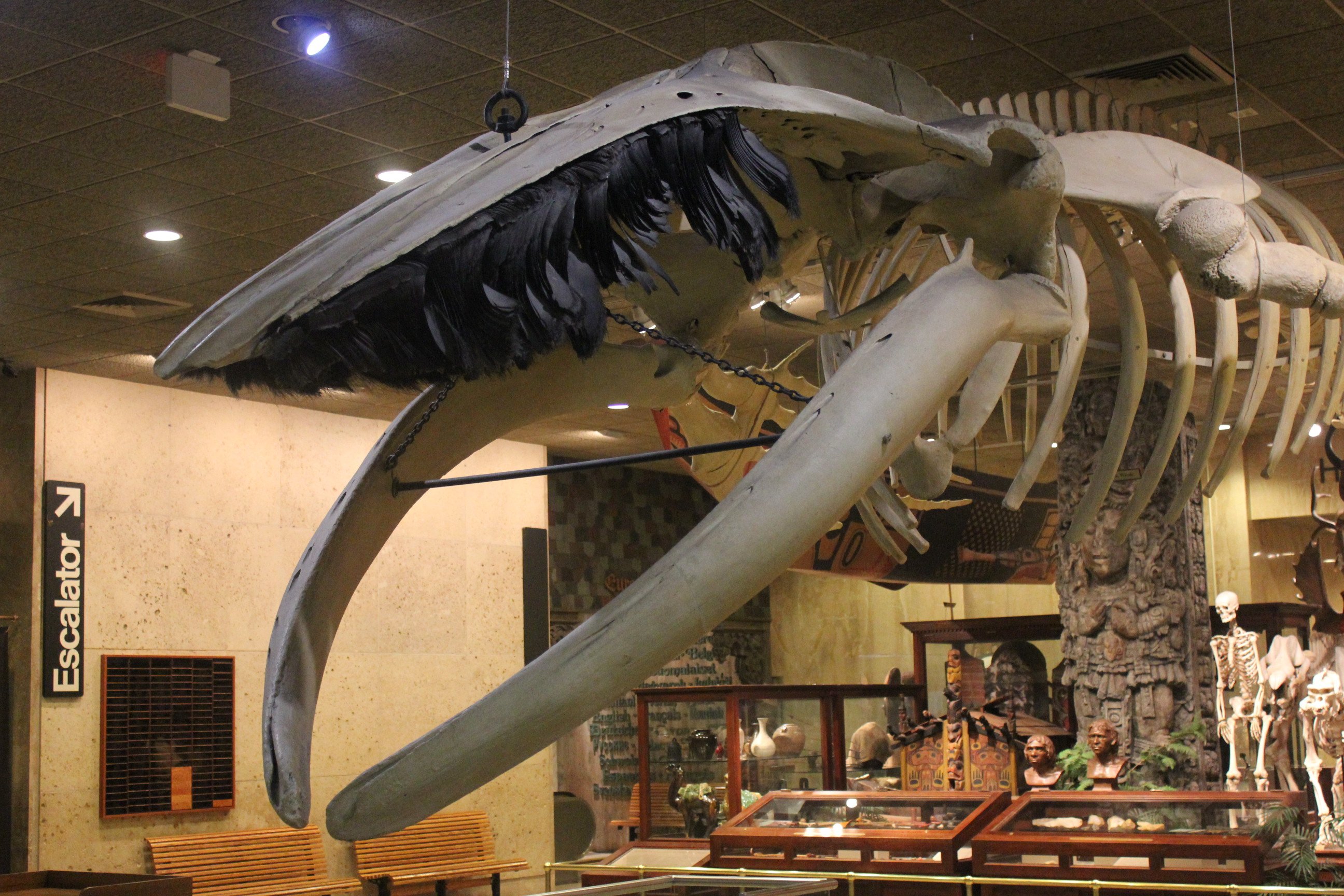
Whale Skeleton image Free stock photo Public Domain photo CC0 Images
Studying whale skeletons offers valuable insights into the evolutionary history of these magnificent creatures: a) Fossil Records: Ancient whale fossils reveal critical adaptations over time, such as the shift from a land-dwelling mammal to a fully aquatic creature. Fossil evidence helps paleontologists piece together the puzzle of how whales.
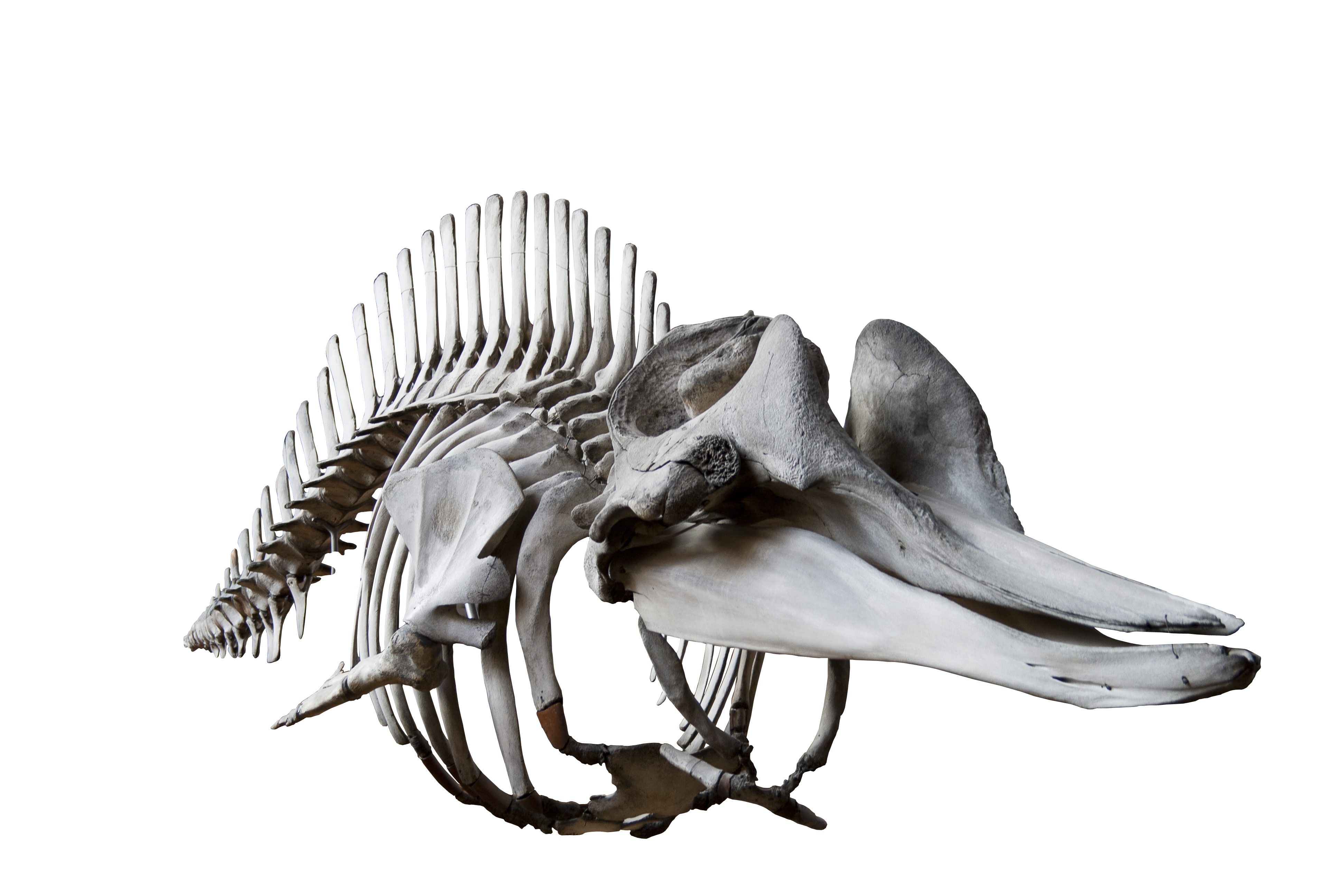
Whale skeleton 6 JPEG by Wess4u on DeviantArt
Anatomy Features of a blue whale Features of a sperm whale skeleton. Whales have torpedo-shaped bodies with non-flexible necks, limbs modified into flippers, non-existent external ear flaps, a large tail fin, and flat heads (with the exception of monodontids and ziphiids). Whale skulls have small eye orbits, long snouts (with the exception of.

4 Million Year Old Whale Fossil Discovered in Construction Site The Science Explorer
Along with the suspended skeletons, the Museum also displays the skull of a humpback whale (Megaptera novaeangliae) and the huge lower jaw of a sperm whale (Physeter macrocephalus). This jaw belonged to an animal '88-foot long', which far exceeds the known maximum size of the species today, suggesting that sperm whales may have been.

Humpback whale skeleton Megaptera novaeangliae displayed at the Zoology Museum of Ilha do
The blue whale is the largest known animal to have ever lived, far bigger than any of the dinosaurs. An adult blue whale can grow to about 30m long and weigh more than 180,000kg, equivalent to around 40 elephants, 30 Tyrannosaurus rex dinosaurs, or about 2,670 average-sized men.
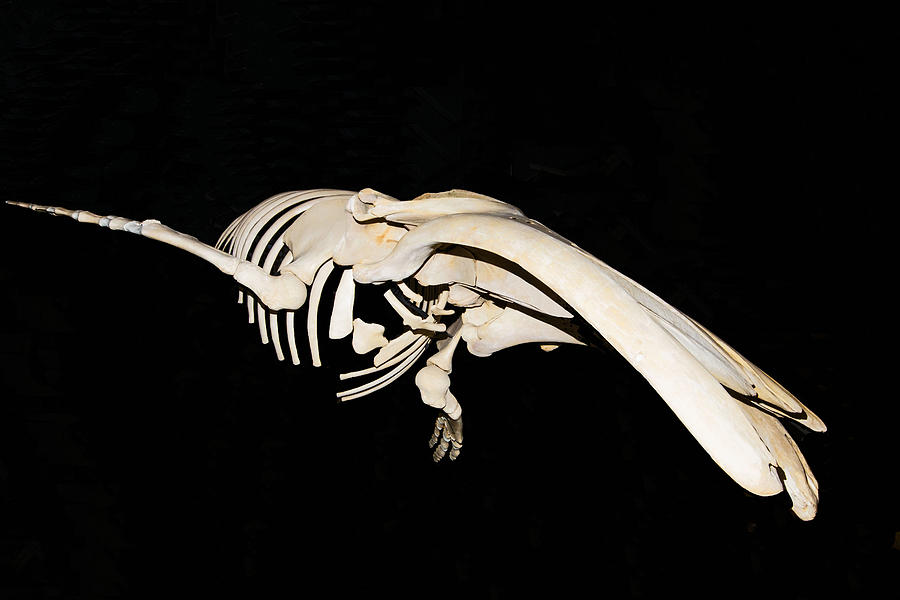
Humpback Whale Skeleton Photograph by Millard H. Sharp
Blue whale anatomy image by Uko Gorter. Cetacean body structure is similar to most other mammals with tails, except for the missing hind limbs. Ribs are not attached to the vertebrae; only the first pair connect to the sternum.. Heaviest whale ever caught was a female blue whale caught in the Southern Ocean January 1948 that weighed 300,710.

Blue whale skeleton by NHM_Imaging Giant Skeleton, Skeleton Art, Animal Skeletons, Animal Skulls
When it comes to the anatomy of marine mammals, whales, dolphins, and porpoises all share several common and unique characteristics that allow them to survive and prosper in the various oceanic environments they can be found living in. Like other mammals, these marine animals require oxygen to breathe, eyes to see, ears to hear, and mammary glands to feed their young, among other things.
Skeleton of a 20 meter long fin whale at the museum of natural science in Madrid, Spain. r/whales
The skeleton, known as Omega, belonged to a whale estimated to have been born around 1870. Omega was 58 feet long and weighed about 50 tons in the spring of 1883 when it was caught by a whaler in the Atlantic Ocean off New England and towed to a small Cape Cod port for rendering. A finback of Omega's size would yield approximately eight barrels.
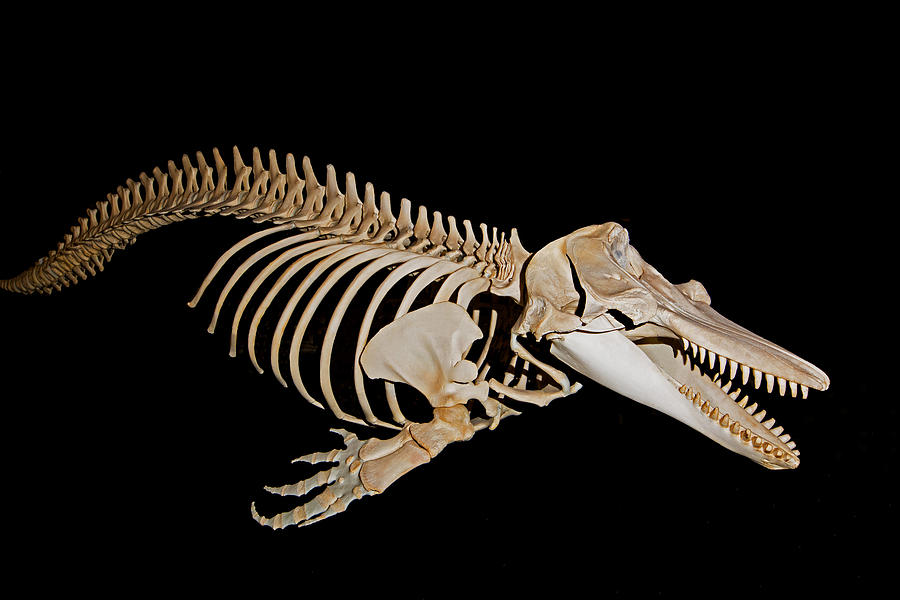
Basilosaurus cetoides v Tylosaurus proriger Carnivora
Find Whale Skeleton stock images in HD and millions of other royalty-free stock photos, 3D objects, illustrations and vectors in the Shutterstock collection. Thousands of new, high-quality pictures added every day.

Pratt Museum Gray Whale Skeleton
A whale's skeleton is composed of around 300 bones, which is fewer than the number of bones in a human skeleton. However, whale bones are generally much larger than human bones. For example, the femur (thigh bone) of a blue whale can weigh up to 700 kg (1,540 lb).

Kaiyodo Aqua Tales Semi Whale Skeleton Approximately 120 mm Polysto From japan eBay
During road construction that started in 2010, paleontologists discovered a rich fossil site containing dozens of whale skeletons, along with the remains of other extinct marine mammals and marine vertebrates. In 2011, paleontologists from Chile and the United States, including Smithsonian's Nick Pyenson, conducted rapid documentation and.
1, Right lateral view of the skeleton of a generalized mysticete whale... Download Scientific
In the course of evolution, the two nasal passages moved to the top of the skull. However, at the skin's surface, while we find two blowholes in baleen whales, toothed whales have but one. As soon as they break the surface, cetaceans inhale without having to move their head. Likewise, the snout grew longer to become the rostrum.